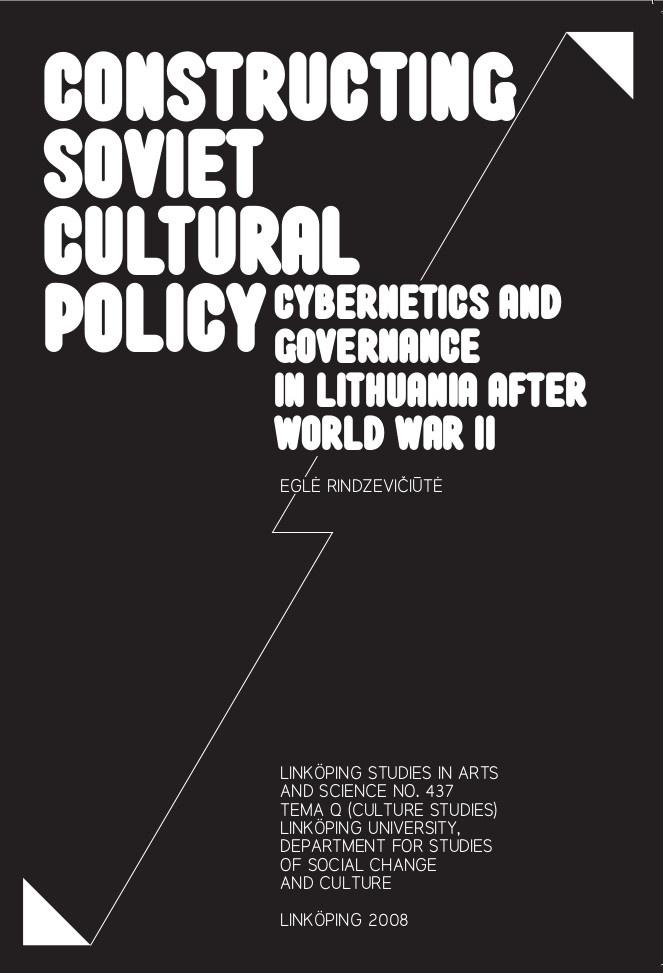Pascal Chabot: The Philosophy of Simondon: Between Technology and Individuation (2003/2013) [FR, EN]
Filed under book | Tags: · cybernetics, individuation, marxism, philosophy, philosophy of technology, technology

“The last two decades have seen a massive increase in the scholarly interest in technology, and have provoked new lines of thought in philosophy, sociology and cultural studies. Gilbert Simondon (1924 – 1989) was one of Frances’s most influential philosophers in this field, and an important influence on the work of Gilles Deleuze and Bernard Stiegler. His work is only now being translated into English. Chabot’s introduction to Simondon’s work was published in French in 2002 and is now available in English for the first time. It is the most accessible guide to Simondon’s important but often opaque work. Chabot provides an excellent introduction to Simondon, positioning him as a philosopher of technology, and he describes his theory of individuation including his crystalline ontology. He goes on to offer a bridge between these two concerns, exploring how they are related.”
French edition
Publisher Vrin, 2003
ISBN 9782711616008
160 pages
English edition
Translated by Aliza Krefetz with the participation of Graeme Kirkpatrick
Publisher Bloomsbury Academic, 2013
ISBN 1780930976, 9781780930978
156 pages
via thuihux
Review: Aud Sissel Hoel (Phil & Technology, EN)
La philosophie de Simondon (French, no OCR)
The Philosophy of Simondon (English)
Judy Wajcman: Feminism Confronts Technology (1991)
Filed under book | Tags: · feminism, gender, machine, technology, women

“Feminism Confronts Technology provides a lively and engaging exploration of the impact of technology on women’s lives from word processors to food processors, and genetic engineering to the design of cities. Comprehensive and critical, this book surveys the sociological and feminist literature on technology, highlighting the male bias in the way technology is defined as well as developed. Wajcman sets the scene with an overview of feminist theories of science and technology: encompassing the technologies of production and reproduction as well as domestic technology.
The author challenges the common assumption that technology is gender neutral, looking at whether technology can liberate women or whether the new technologies are reinforcing sexual divisions in society.”
Publisher Pennsylvania State University Press, 1991
ISBN 0271008024, 9780271008028
x+184 pages
Reviews: Ann Dugdale (Social Studies of Science), Linda Layne (Science, Technology, & Human Values), Raelene Frances (Journal of Industrial Relations), Antony Marsh (Prometheus).
PDF (26 MB, updated on 2019-10-10)
See also Wajcman’s TechnoFeminism, 2004.
Comments (2)Egle Rindzevičiūtė: Constructing Soviet Cultural Policy: Cybernetics and Governance in Lithuania after World War II (2008)
Filed under thesis | Tags: · cybernetics, governance, lithuania, politics, soviet union, technology

After World War I, the Soviet Union was one of the first modern states to engage explicitly in the governance of culture, which was formalised and institutionalised as state cultural policy. In this process of governance, sciences and technologies provided the state with conceptual and material resources, which were used to define both the process and the object of governance. After World War II, scientific and technological progress gave birth to a new science of control and communication, Norbert Wiener’s cybernetics, which was widely used not only in engineering, but also in the conceptualisation of humans, machines and societies. This thesis explores how cybernetics influenced the construction of cultural policy in the Soviet Union. It focuses particularly on the Soviet republic of Lithuania. The main argument is that since the 1950s a particularly powerful discourse of cybernetic governance was formed in the Soviet Union. A result of translation from techno-science, this discourse not only served the purposes of authoritarian rule, but was also used as a resource by cultural operators to criticise the Soviet government itself. By analysing organisational practices and official and public discourses, the study reveals the complexity of the relationship between governance, culture and sciences and technologies.
Doctoral thesis
Faculty of Arts and Sciences, Linköping University, 2008
274 pages

